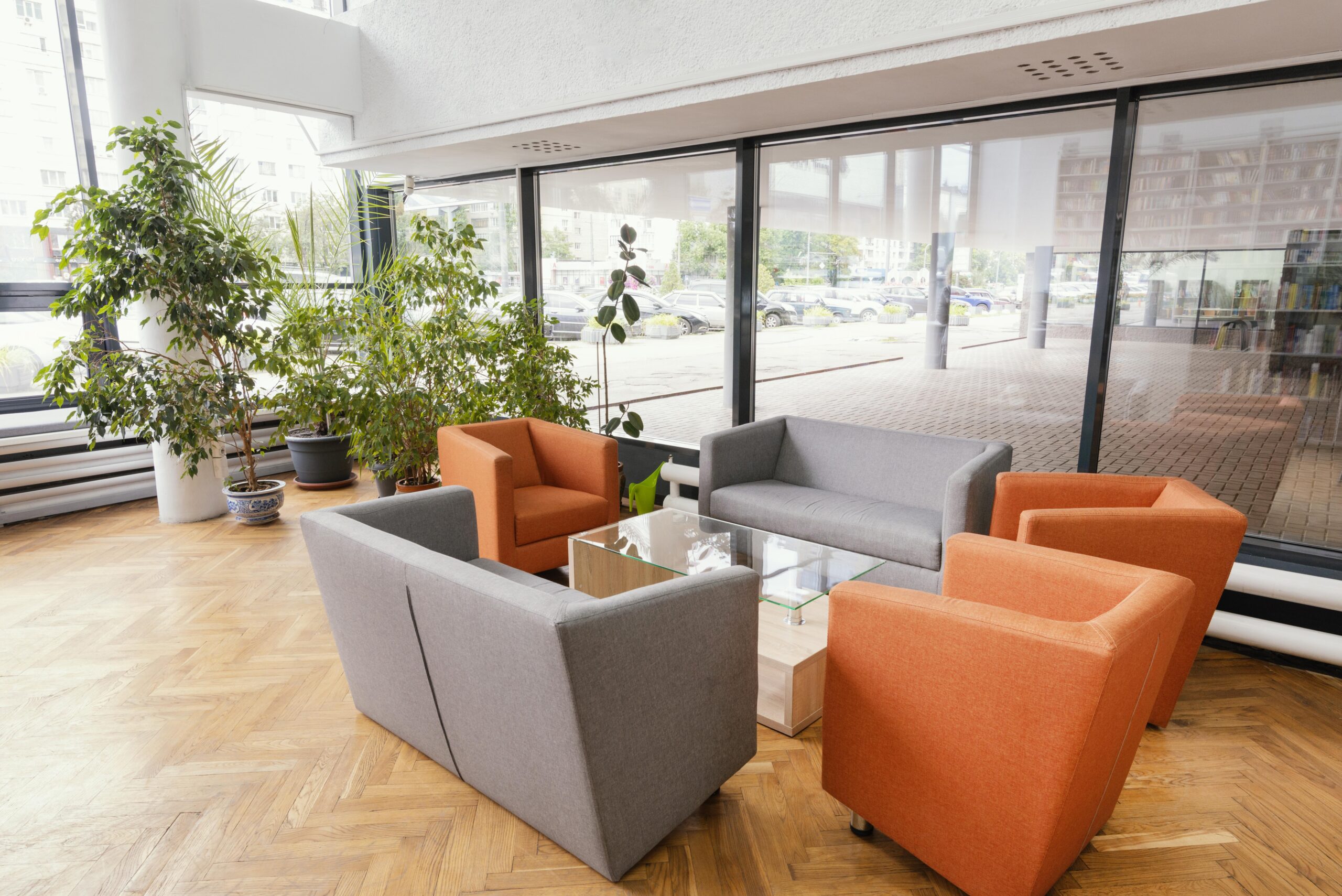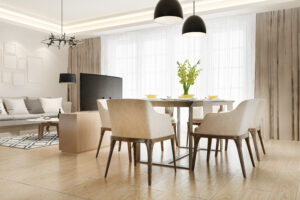Your workspace is more than just a place where employees sit and work — it is the physical expression of your brand. Before a client reads your brochure or hears your pitch, they experience your office. The colors, layout, furniture, lighting, and décor all silently communicate who you are as a company.
In 2025, interior design has become a powerful business tool. It builds trust, enhances work quality, and shapes how customers perceive your professionalism. Whether you run a corporate office, a small consultancy, a retail shop, or a creative studio, the design of your workspace directly affects your success.
This blog explores why interior design is so important for your business image and how it impacts your overall performance.
1. First Impressions Start at the Door
A poorly designed office sends a silent message: “We don’t pay attention to detail.”
On the other hand, a clean, modern, and well-planned space tells visitors you are professional, serious, and reliable.
What Clients Notice First
- The cleanliness and organization of your reception
- The type of furniture used
- The colors and lighting
- The comfort level of the waiting area
- The overall mood of the environment
These small details shape instant judgments. A well-designed interior helps you make a powerful and positive first impression that builds trust from the moment a client enters.
2. Boosts Team Productivity & Motivation
Interior design doesn’t only impress visitors — it directly influences your employees’ focus, energy, and performance. A workspace that is dull, noisy, or uncomfortable leads to reduced efficiency and low motivation.
Design Elements That Improve Productivity
- Proper lighting to reduce eye strain
- Comfortable chairs and ergonomic desks
- A layout that minimizes distractions
- Relaxing color schemes
- Organized storage solutions
- Temperature control systems
When employees feel comfortable and valued through their environment, their productivity naturally increases.
3. Enhances the Functionality of Your Space
Good interior design is not only about aesthetics; it’s about making your space work efficiently.
A professional designer ensures that every inch of your office has a purpose and contributes to smooth workflow.
Functional Benefits
- Optimized layouts for team collaboration
- Smart storage to reduce clutter
- Well-defined zones for meetings, work, and relaxation
- Efficient use of small spaces
- Better movement and traffic flow
A functional space saves time, improves communication, and makes daily operations easier.
4. Reflects Your Brand Identity
Branding is not just your logo and website — it is also your physical environment.
Your office should feel like an extension of your brand’s personality.
How Interior Design Creates Brand Identity
- Using brand colors creatively
- Choosing furniture that matches your industry tone
- Adding wall graphics or brand statements
- Setting a mood that represents your company
For example:
- A tech company might use futuristic lighting and minimalistic furniture
- A consultancy may choose warm tones and wooden textures
- A creative agency might use bold colors and open collaborative spaces
Clients should instantly understand your business values just by stepping into your office.
5. Strengthens Customer Trust & Loyalty
A modern, well-designed interior tells clients that your company cares about quality.
It shows professionalism, seriousness, and stability — qualities every client values before building a long-term relationship.
Why It Builds Trust
- A tidy, managed space reflects organized business operations
- Comfortable seating and clean surroundings improve customer experience
- A professional environment increases confidence in your service
People trust what they can see, and your office design is the most visible part of your brand.
6. Supports Employee Wellbeing
Interior design plays a huge role in mental and emotional wellness.
A workplace that is dark, cramped, or poorly ventilated can increase stress and fatigue.
Design Elements That Promote Wellbeing
- Natural light and greenery
- Relaxation corners or lounges
- Biophilic elements like plants or artificial grass walls
- Soft textures and calming colors
- Proper ventilation and temperature
Employee wellness directly affects productivity, retention, and workplace happiness — making it a critical part of modern interior design.
7. Keeps You Competitive and Modern
Businesses that update their interiors regularly stay ahead of competitors. Clients prefer companies that keep up with modern trends and evolving needs.
Competitive Advantages
- A modern workspace attracts better clients
- It helps in hiring talented employees
- It supports hybrid and flexible work culture
- It leaves a lasting impression on visitors
Modern interior design is no longer a luxury — it is a business asset.
Conclusion
Interior design is one of the most powerful elements of your business identity. It shapes first impressions, supports productivity, reflects your brand, and builds long-lasting trust with your clients. A thoughtfully designed office sends a clear message: You are committed, professional, and here to make an impact.
Whether you are planning a small upgrade or a full renovation, investing in interior design is investing in your company’s success.




